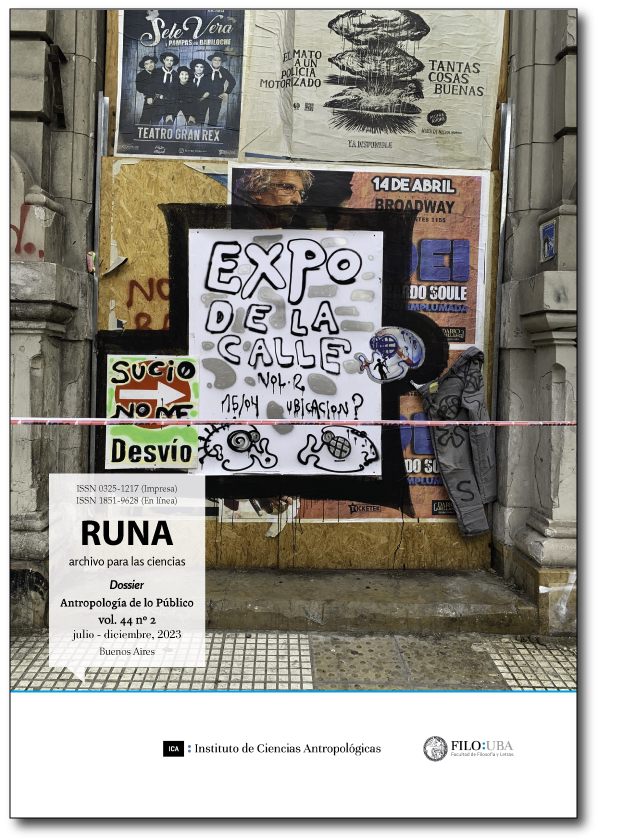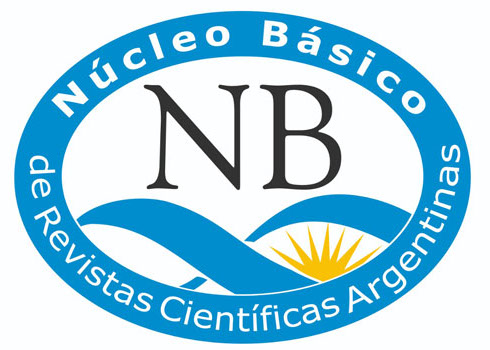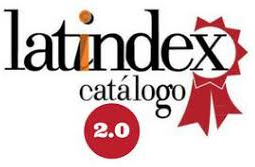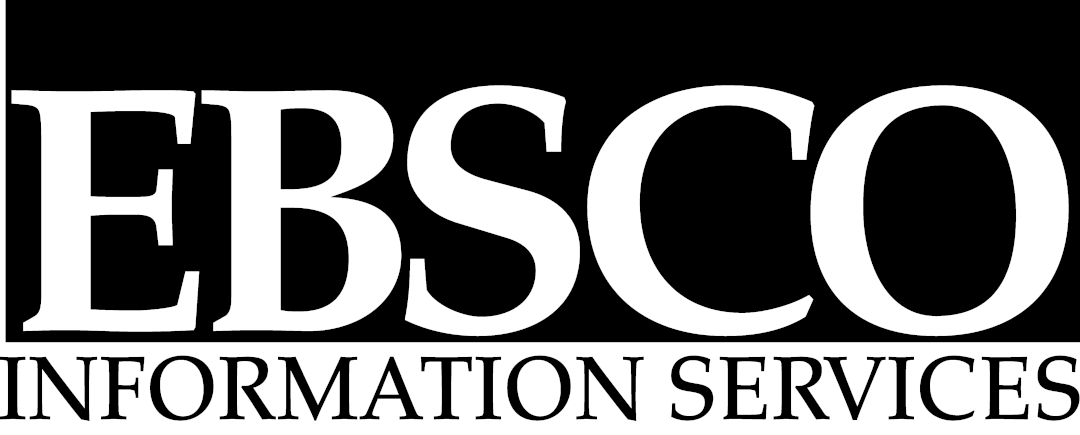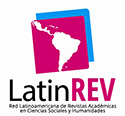Conservation as an emblem from an anthropological approach to the public
Abstract
In the late twentieth century, French anthropologist Maurice Godelier complexified the Maussian legacy on the domain of exchange by questioning the safeguarding of objects in a non-Western society. His complexification showed that the domain of conservation is as fundamental to social life as that of exchange. In this paper I address the conservation of cultural property as an emblem from an anthropological approach to the public. The empirical foundation is based on an institution that safeguards community recognized objects in a city located in the central region of Buenos Aires. The argument I construct exoticizes the sacred investiture of conservation from the description of daily tasks in the empirical reality studied. The paper is structured in three parts. In the first one, I situate the treatment of the public from some contributions of the social theory of the twentieth century and the beginning of the twenty-first century. In the second, I focus on the relationship between French Enlightenment and the public openness of the heritage institution. In the third and last one, I recover observations from an ethnographic fieldwork to show the spoiling as a native figure that goes against the deontological framework of the safeguarding practice and opposes the actors’ valuation of cleanliness by subjectively homologating the institution with the domestic space.Downloads
References
Aristóteles. (1988). Política. Madrid: Gredos.
Balbi, F. (2012). La integración dinámica de las perspectivas nativas en la investigación etnográfica. Intersecciones en Antropología, 13, 485-499.
Bauman, Z. (2013). La cultura en el mundo de la modernidad líquida. México: Fondo de Cultura Económica.
Galarza, B. (2019). Locas de la limpieza y técnicas industriosas del cuerpo en una villa obrera. Cuadernos de Antropología Social, 50, 107-124.
Galarza, B. (2020). El quilombo de la tele y su limpieza: una mirada antropológica a la pelea de gatos como tecnología del self en el oikos. Antípoda. Revista de Antropología y Arqueología, 38, 71-92.
Galarza, B. (2021). La oikonización de la ciudadanía urbana. Tábula Rasa, 38, 303-325.
Godelier, M. (1998). El enigma del don. Barcelona: Paidós.
Gordon Childe, V. (1996). Los orígenes de la civilización. México: Fondo de Cultura Económica.
Gravano, A. (Comp.) (2005). Imaginarios de la ciudad media: emblemas, fragmentaciones y otredades urbanas, estudios de Antropología Urbana. Tandil: REUN.
Gravano, A. (2008). La cultura como concepto central de la antropología. En Chiriguini, M. C. (compil.). Apertura a la Antropología, alteridad, cultura, naturaleza humana. (pp. 93-122). Buenos Aires: Proyecto Editorial.
Gravano, A. (2021). Apuntes para una dialéctica de lo público. Anacronismo e irrupción. Revista de Teoría y Filosofía Política Clásica y Moderna, 11(21), 388-413.
Guber, R. (2004). El salvaje metropolitano. Reconstrucción del conocimiento social en el trabajo de campo. Buenos Aires: Paidós.
Habermas, J. (1974). The Public Sphere: An Encyclopedia Article. New German Critique, 3, 49-55.
Hammersley, M. y Atkinson, P. (1994). Etnografía. Métodos de investigación. Barcelona: Paidós.
Heinich, N. (2014). La fábrica del patrimonio. Apertura y extensión del corpus patrimonial: del gran monumento al objeto cotidiano. Apuntes: revista de estudios sobre patrimonio cultural, 27(2), 8-25.
Mauss, M. (2009). Ensayo sobre el don. Forma y función del intercambio en las sociedades arcaicas. Buenos Aires: Katz.
Prats, L. (1998). El concepto de patrimonio cultural. Política y Sociedad, 27, 63-76.
Rabotnikof, N. (1993). Lo público y sus problemas: notas para una reconsideración. Revista Internacional de Filosofía Política, 2, 75-98.
Rockwell, E. (2009). La experiencia etnográfica. Historia y cultura en los procesos educativos. Buenos Aires: Paidós.
Sennett, R. (2011 [1977]). El declive del hombre público. Barcelona: Anagrama.
Setha Low, C. (2009). Cerrando y reabriendo el espacio público en la ciudad latinoamericana. Cuadernos de Antropología Social, 30, 17-38.
Smith, L. (2011). El “espejo patrimonial”. ¿Ilusión narcisista o reflexiones múltiples? Antípoda. Revista de Antropología y Arqueología, 12(12), 39-63.
Weber, M. (1964). Economía y sociedad. Esbozo de sociología comprensiva. México: Fondo de Cultura Económica.
Weiner, A. (1992). Inalienable Possessions: The Paradox of Keeping-While Giving. California: University of California Press.
Williams, R. (1997). Marxismo y literatura. Barcelona: Península.

Runa, archivos para las ciencias is a publication of the Instituto de Ciencias Antropológicas, Facultad de Filosofía y Letras, Universidad de Buenos Aires and is distributed under a Creative Commons Attribution 4.0 International License.
Runa maintains its commitment to the policies of Open Access to scientific information, considering that both scientific publications and publicly funded research should circulate on the Internet freely, free of charge and without restrictions.
The contents and opinions expressed in published articles are the sole responsibility of their authors.
